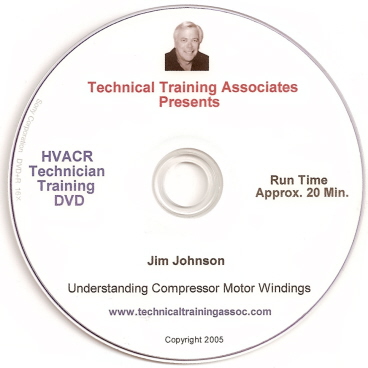BALTIMORE – The U.S. General Services Administration’s (GSA) Green Proving Ground (GPG) program recently evaluated the effect of new, high-efficiency chiller technology on rising energy consumption and costs associated with space cooling in office buildings by assessing the performance of a variable-speed, oil-free centrifugal chiller with magnetic bearings. In a test case, GSA replaced one of the two existing 150-ton rotary screw chillers at the George Howard Jr. Federal Building and U.S. Courthouse in Pine Bluff, Arkansas, with a 150-ton chiller that uses two magnetic levitation compressors with Danfoss Turbocor technology. The Pacific Northwest National Laboratory (PNNL) monitored the performance of both the new chiller and the remaining original chiller over a six-month period to determine their cooling load profiles and project a weather-normalized assessment of the potential energy savings offered by the technology.
The study showed the new chiller with the variable-speed, oil-free centrifugal compressor with magnetic bearings consumed significantly less electricity, resulting in energy savings of 42 percent compared to the original chiller with a rotary-screw compressor, due in large part to the regularity with which chillers operate at partial load. The variable-speed drive allows the chiller to perform at higher efficiency at lower and partial cooling loads, compared with standard chillers with less flexibility in operational speed and power. The chiller achieved a 12.8-year simple payback under an energy savings performance contract, or 4.7 years after normalizing for payment structure and average per-unit utility costs.
Because large chillers with capacities between 500 and 1,000 ton account for a greater percentage of chiller energy within GSA’s portfolio, the study suggests the need for additional testing to evaluate the effectiveness of magnetic levitation technology on a larger scale. In the meantime, GSA has recommended targeted deployment of magnetic levitation technology in its buildings as an end-of-life replacement for chillers with positive displacement compressors.
Publication date: 8/25/2014
Want more HVAC industry news and information? Join The NEWS on Facebook, Twitter, and LinkedIn today!








